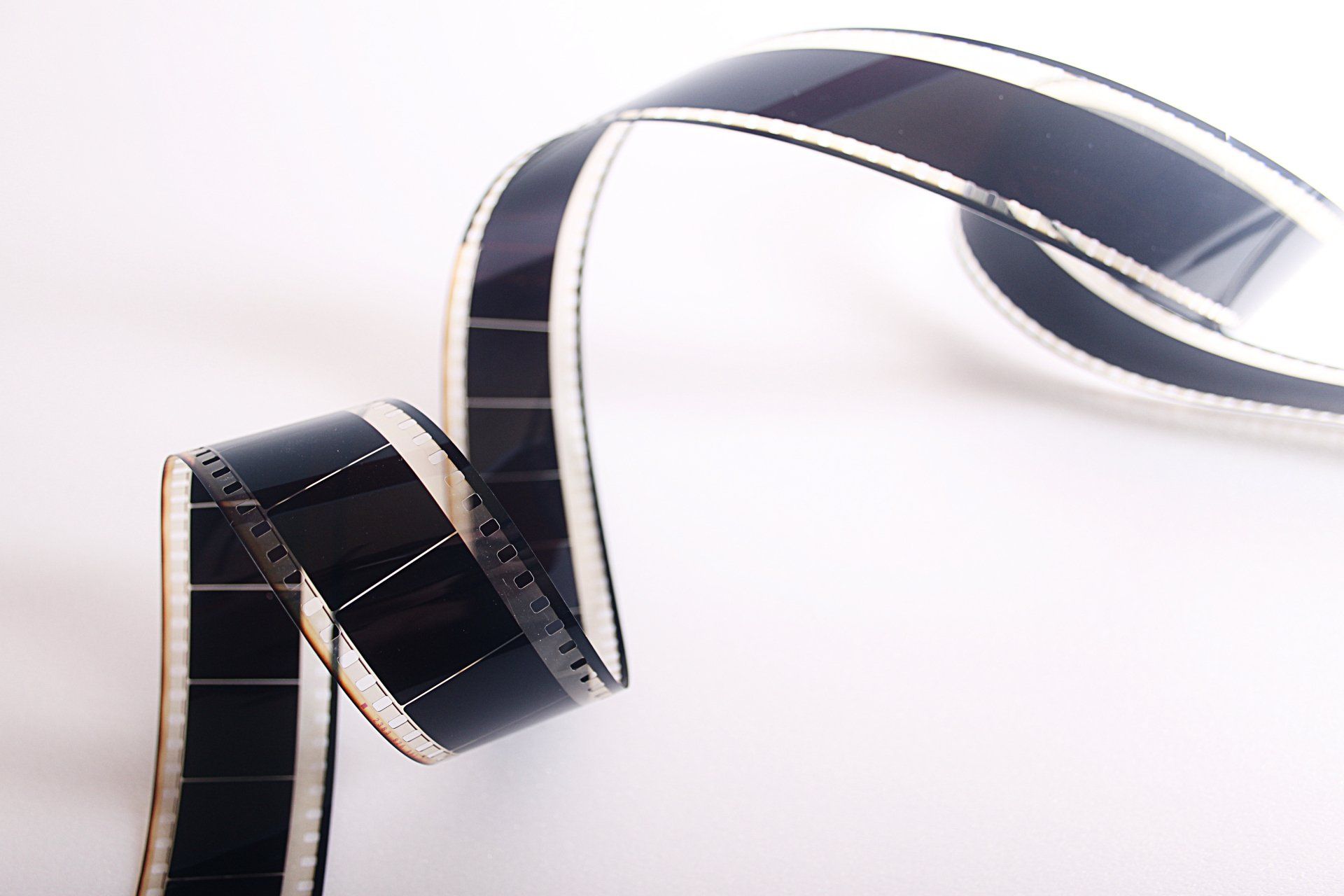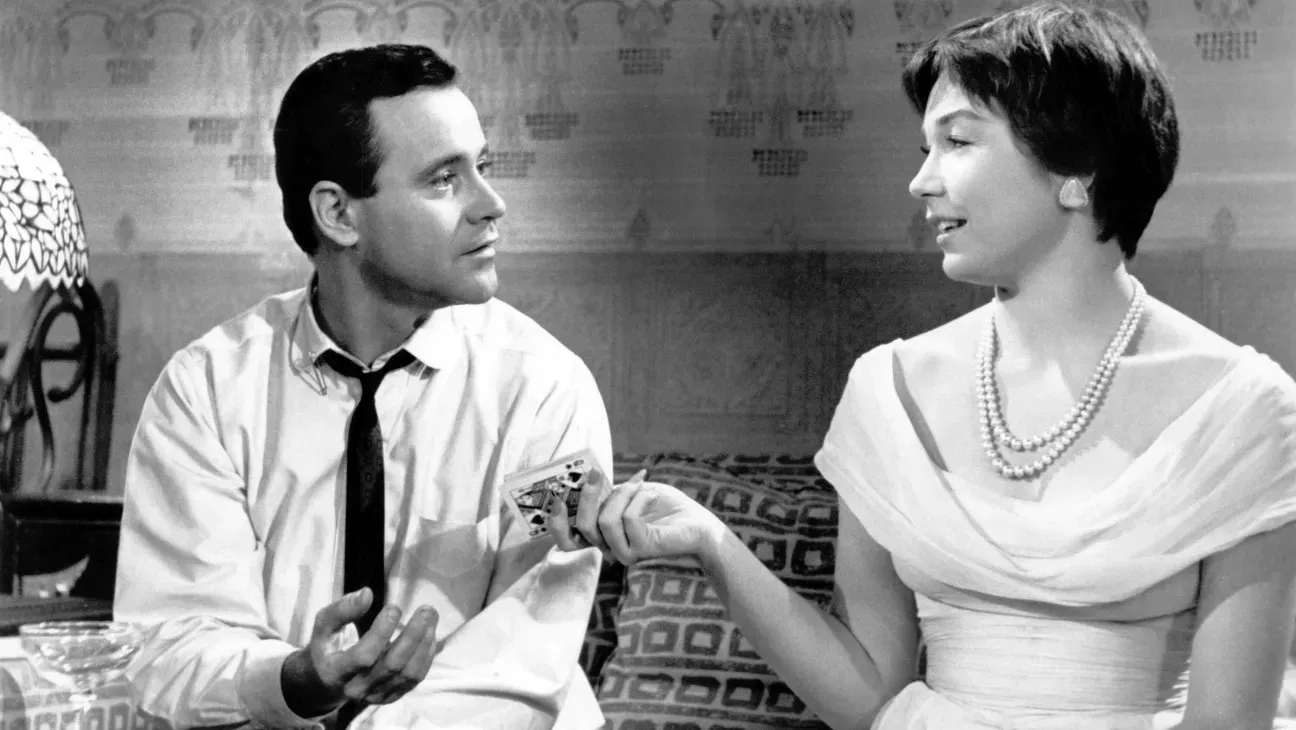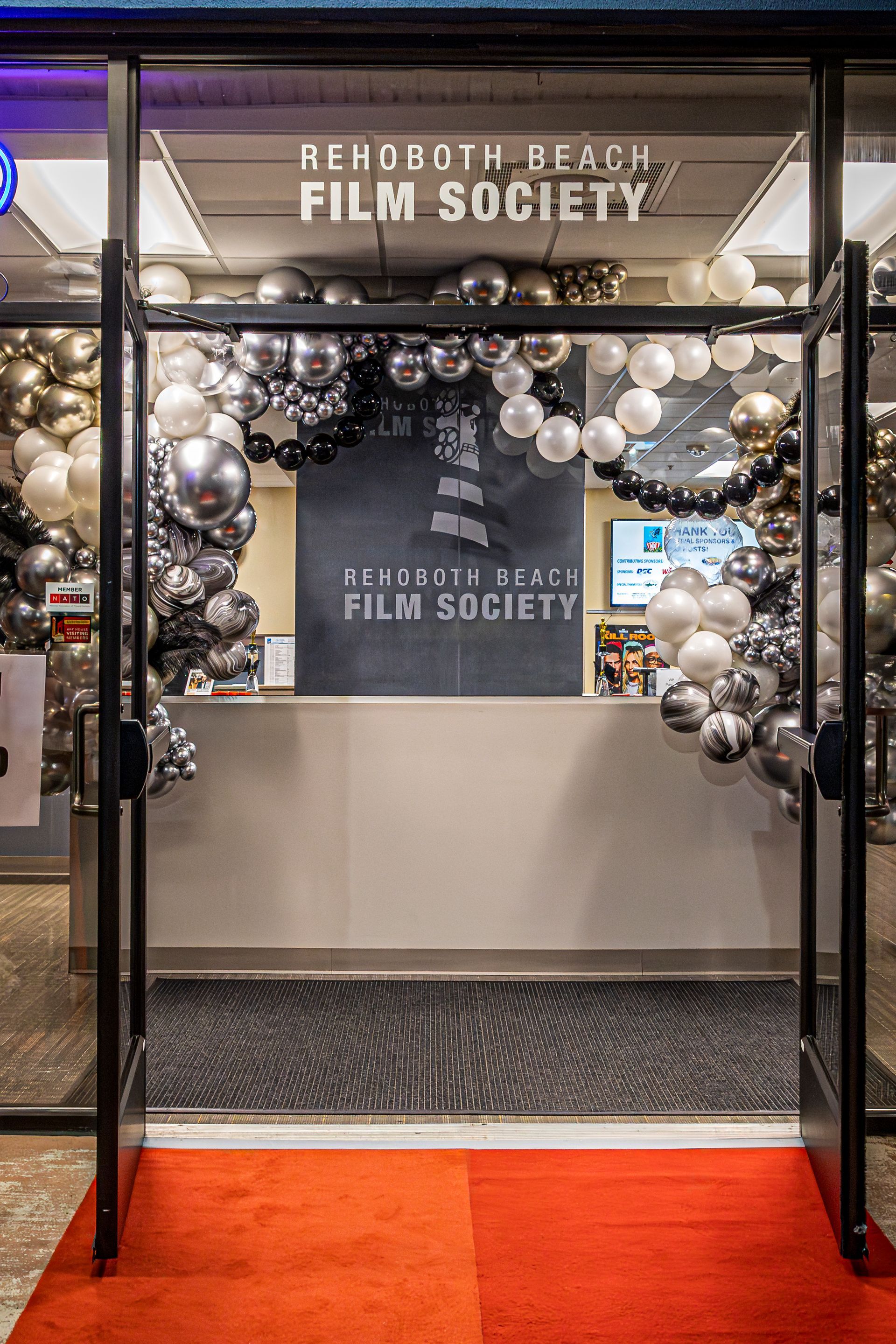By: Alix Robinson Guy • August 29, 2023
Ada Lovelace was born in 1815 as the only legitimate child of infamous poet Lord Byron
and was educated in mathematics from a young age for the sole purpose of being as little like
her father as possible. She was tutored by Mary Somerville, one of the first two women
introduced into the Royal Astronomical Society, who would later put her into contact with
Charles Babbage, the inventor of the first mechanical computer, or “difference engine.” The
notes Lovelace wrote for it, as well as for Babbage’s unbuilt but conceptualized “analytical
engine,” are credited to be the first computer program. Due to the technological limitations of the
era, there was no computer and thus no program, so who’s to say if her notes would have rung
true; what cannot be disputed, however, is the prodigious intelligence required to even think of
such a thing. She had such a grasp on the future of technology that she even argued against
the concept of artificial intelligence.
Lovelace was published in a scientific journal in 1843 where she expounded upon the
aforementioned points; she did this under the initials AAL.
I’ve introduced you to Lovelace not simply because of my excess of fondness for the
Byrons- a claim that would hold up in court, I will confess- but to show that women always have
been and will continue to be enmeshed in the history of science and mathematics. Men like to
make all those jokes about how women can’t count or drive because they wouldn’t give the time
of day to a woman who could do either- or they don’t want women to try just in case women
would end up doing better than them. The long-standing underpinning of sexism to the capitalist
society of the Western world does nothing but grind the proletariat to dust, and one half of that is
women. Lovelace, though, was bourgeois landed gentry, which is what allowed her to have the
time to perform complex mathematics and publish and translate papers in journals. We can only
imagine how many women could have been capable of the same thing if given the proper
support and resources.
Which brings us to our exciting showing of Top Secret Rosies: The Female “Computers”
of WWII, a 2010 release directed by LeAnn Erickson about the military use of women’s
mathematical skills and the beginnings of programming and computers. The title a clear
reference to the famous propaganda effort Rosie the Riveter, these women went to work not in
the factories but for the government, not building the bombs but helping them be aimed as
accurately as possible.
Performing the actual calculations was considered clerical work, in the manner of a
secretary taking shorthand notes, while the men did “real” engineering, designing and building
hardware. This simple menial women’s work being, of course, longform nonlinear differential
equations by hand. I’m not even sure what linear calculus is; I didn’t even get to pre-calculus in
school, for the record. If it can’t be punched into the calculator on my phone I shouldn’t be doing
it. The government hired women out of universities from all around the country for this, though
only six were later selected by Adele and Herman Goldstine, the leaders of the human
computing operations, for the running of the ENIAC.
The ENIAC, the Electronic Numerical Integrator and Calculator, was the first
programmable, electronic, and digital computer. It weighed over 30 tons and covered fifteen
hundred square feet. Tasked with doing the nonlinear differential equations that the women were
working on, it was a huge wall of holes for wires and switches to flip, and resembled more
Babbage’s machine than anything we would call a computer today. They manipulated it
physically for each usage at first, having no code, while under the supervision of the Goldstines,
who then wrote an Operations Manual on the subject. Adele would later aid in the creation of
the code used in the future.
A fun fact I did learn over the course of writing this is that the term “computer bug”
comes from when an actual bug, a moth, got stuck in the machine and prevented it from
working. You can also still see the ENIAC on display at Fort Sill, if you have an interest in that
kind of thing.
The machine was never ready in time to perform for the war effort but was critical in our
later development of nuclear fusion calculations in the forties and fifties. It was also used to prop
up the excellence of the American government for having such a machine, though Cold War
propaganda did as much as possible to make it as separate and infallible from humankind as
possible to accentuate the intelligence of it all. Coincidentally this also seemed to work pretty
well with forgetting that women were involved in the first place.
The Soviets, on the other hand, were also making feminist history with the launching of
the only solo female spaceflight to go into orbit in 1963, maintaining their lead in the space race.
Women: just can’t get them out of that science.
Director LeeAnn Erickson interviews several women over the course of the documentary,
namely twins Doris and Shirley Blumberg, Marilyn Meltzer, and Jean Bartik, about their
contributions to the war effort and American history. For this they received no more gratitude
than a handshake and a certificate of commendation, which is about the same as what my high
school gives out for performing community service hours, and went on for the most part
thanklessly contributing to the future of technology and computer programming. A very human
effort behind the mechanical supremacy of the machine.
Erickson has indicated in interviews that she thinks it would make a good story if it were
fictionalized, in the manner of the A League of Their Own movie, and it’s not like Hidden Figures
didn’t prove that they could make math interesting. The continual popularity of the documentary
on the educational circuit seems to indicate a level of interest in that possibility; Americans also
love making movies about the World Wars, since that was about the last time we had any level
of justification in our armed involvement.
We continue to need women in STEM programs in the United States, seeing as how
most every tech industry is riddled with men who think Elon Musk is smart. A variety of
viewpoints also brings a greater understanding of the impacts and future possibilities for
technologies, if equality itself isn’t a big enough draw.
And part of the future is knowing the past, as they all say, so come and investigate at the
Rehoboth Beach Film Society’s Cinema Art Theater

Celebrating Independent Visionaries at the 25th Anniversary Rehoboth Beach Independent Film Festival













